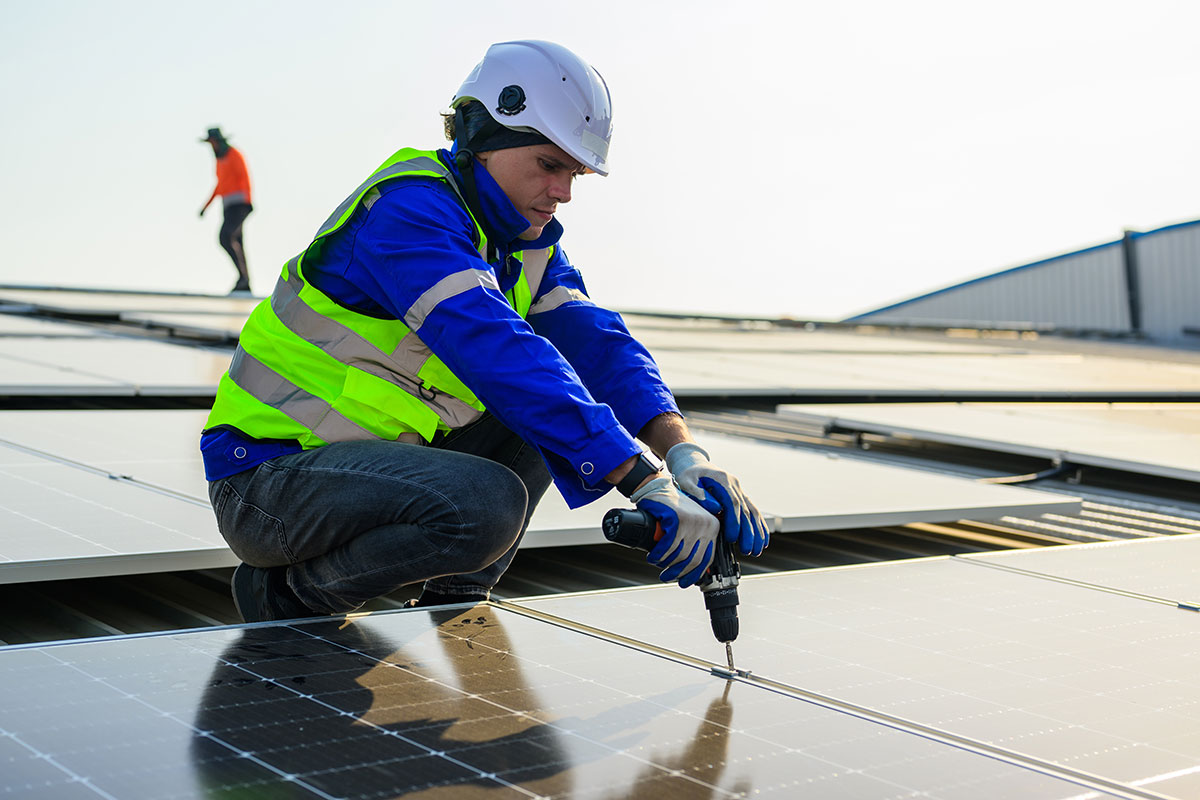Solar Supply and Installation by HIS Solar in Lancashire and the Northwest
Harnessing the Sun’s Power: Unraveling the Mystery of Solar PV Panels
In an era of growing environmental concerns and the pursuit of sustainable energy sources, solar photovoltaic (PV) panels have emerged as a beacon of hope. These remarkable devices have revolutionized the way we generate electricity by tapping into the abundant power of the Sun. But how exactly do they work?
At the heart of every solar PV panel lies a complex interplay of physics and engineering, transforming sunlight into usable electrical energy. The process begins with the most basic and fundamental unit of matter, the atom. Solar panels primarily utilize silicon, a semiconductor material that possesses the extraordinary property of being able to convert light into electricity.
The key component within the solar PV panel is the photovoltaic cell. These cells consist of two thin layers of silicon, known as the p-type (positive) and n-type (negative) layers. This configuration creates an electric field at the junction between the layers. When photons from sunlight strike the cell, they excite the electrons within the silicon atoms, causing them to break free from their atomic bonds.
The electric field at the p-n junction acts as a driving force, pushing the freed electrons toward the n-type layer while attracting positively charged holes in the opposite direction. This separation of charges creates a flow of electrons, generating a direct current (DC) within the cell. However, this DC electricity is not suitable for most household appliances and grid integration.
To make the electricity generated by solar panels usable, an inverter is employed. The inverter converts the DC electricity into alternating current (AC) electricity, which is the standard form of electricity used in our homes and transmitted through power grids. This conversion enables solar panel systems to seamlessly integrate with existing electrical infrastructure.
A solar PV system is not just a single panel but rather an interconnected array of panels. When multiple panels are connected, they form a solar panel array, also known as a solar panel system or solar array. The combined power output of the individual panels can be substantial, depending on the system’s size and the amount of sunlight available.
To optimize energy production, solar panels are strategically positioned to capture as much sunlight as possible. Factors such as geographic location, angle of inclination, and shading must be considered during installation to maximize efficiency. This careful placement ensures that the solar panels receive an optimal amount of sunlight throughout the day, maximizing the energy output.
It’s important to note that solar PV panels are not only effective in bright, sunny conditions. While direct sunlight is ideal, they can still generate electricity even on cloudy or overcast days. The panels can harness diffused sunlight, which refers to sunlight that has been scattered or reflected by particles in the atmosphere. This versatility makes solar PV panels a reliable and consistent source of energy throughout the year, even in regions with varying weather patterns.
As technology advances, solar PV panels continue to evolve. Innovations in materials, manufacturing processes, and design are pushing the boundaries of efficiency and affordability. With the increasing demand for clean energy solutions, solar PV panels are poised to play a crucial role in the global transition to a more sustainable future.
In conclusion, solar PV panels offer a glimpse into a future powered by renewable energy. By converting sunlight into electricity through the intricate workings of photovoltaic cells, these panels provide a clean, reliable, and sustainable alternative to traditional energy sources. With ongoing advancements and wider adoption, solar PV panels are illuminating the path toward a greener and brighter tomorrow.

